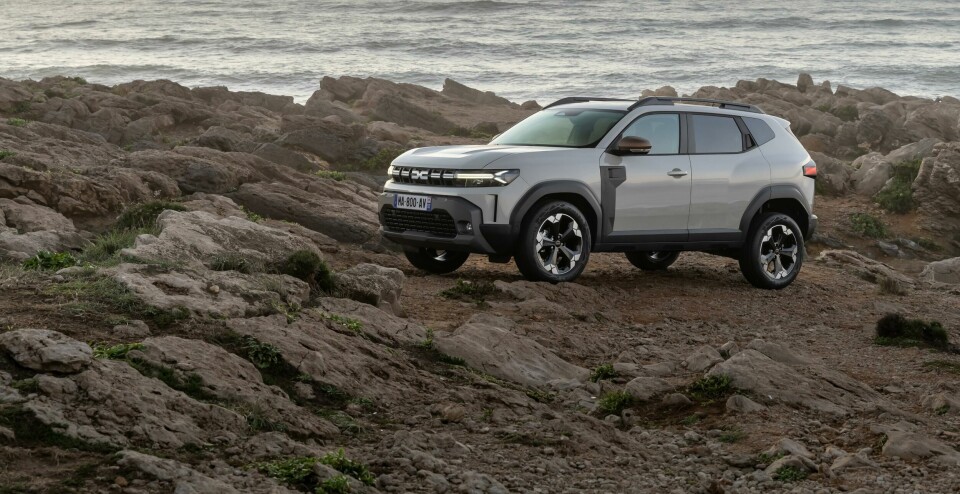
Dacia design boss on new Duster: “Don’t touch too much”
In this exclusive interview, Dacia design director David Durand chats about the brand-new Dacia, with unseen and exclusive images taken for Car Design News
From an unglamorous start back in 2010, the Dacia Duster has sold 2.2 million units and is well on its way to becoming an icon. In two generations it has transformed market perceptions from being just a poor-man’s car, to an ‘everyman choice’ – a bit like a modern-day Fiat Panda 4x4.
This change was strongly assisted by astute proportional changes to the 2017 Mk2 model, including a higher beltline and more raked windscreen plus distinctive new exterior LED lights. The car still sells like hot cakes – 197,000 were shifted in 2022 – and now its third-generation model has broken cover.
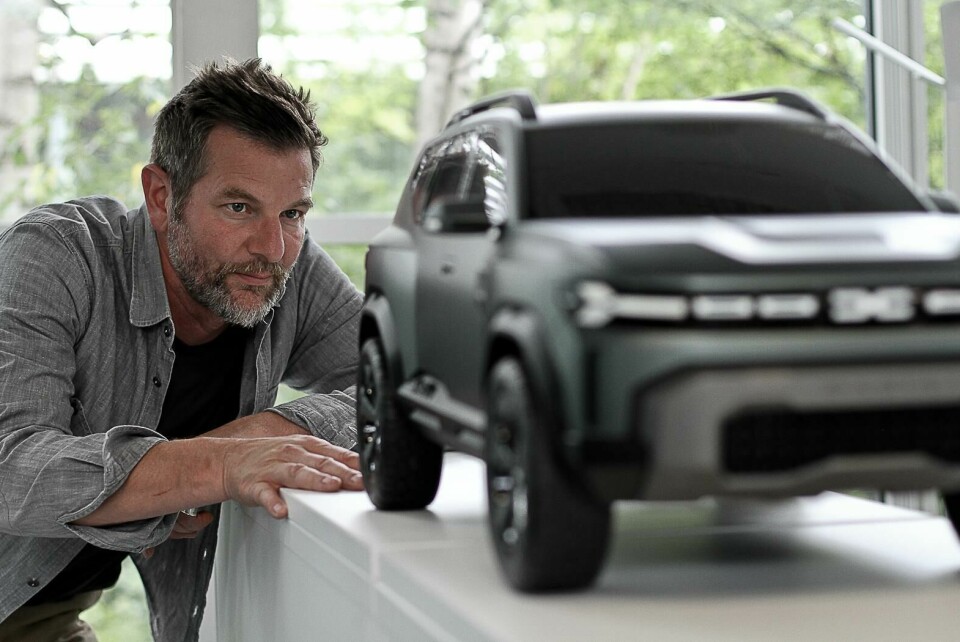
Using a new platform with electric hybrid engine options, it is expected to start at just under €18,000 from early 2024. On the eve of its unveil, Car Design News had an exclusive chat with its design director, David Durand, about not wrecking the formula while also moving the game on.
Car Design News: As the current Duster sells so well, surely you wanted to keep most things the same with the Mk3?
David Durand: Talking to customers they said, ‘Don’t touch it too much!’ We have the Bigster arriving in a year, so it was easy for us not to increase everything, like is so often the case with model replacements, which are longer, higher and more of ‘this’ and ‘that’.
We chose to [broadly] keep the dimensions of the last generation, because we understood it was the perfect compromise between roominess and a big boot, but still compact and practical. This is also important for its off-road capability; being big and heavy is not good for off-road. So we decided to keep the length at 4.34 metres while the wheels have increased to a 18” maximum. Before 17” was the max, but 16” and 17” rims are still available.
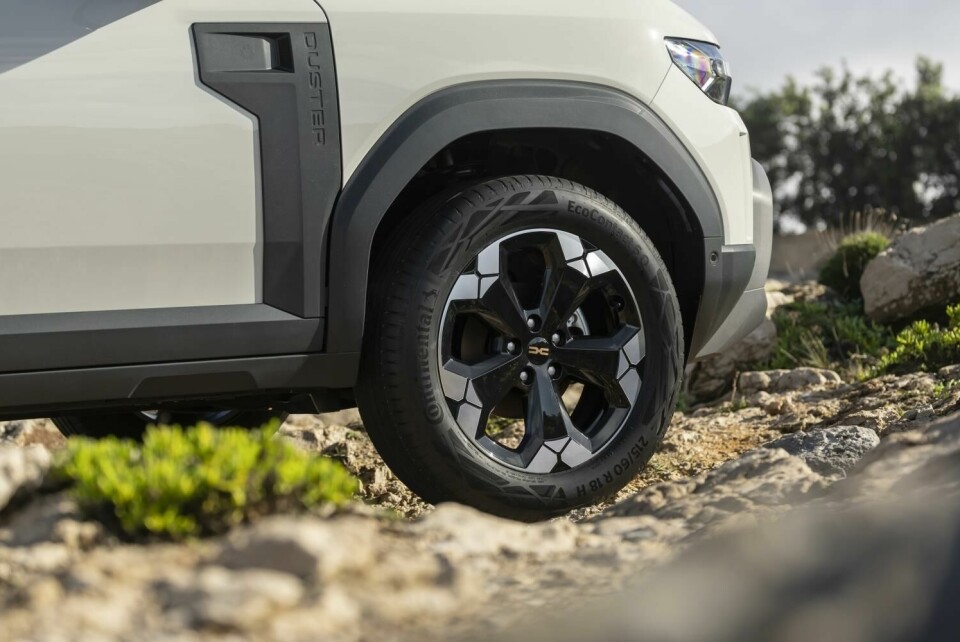
CDN: What dimensional changes have been made?
DD: We reduced the cabin height by 10mm above the first-row passengers, but the rear spoiler was lowered by more than 50mm, so we now have a kind of ‘break’ there. The rear vision is slightly affected as a result, it’s less good than before, but we make a huge gain in aero and fuel consumption and the boot space has actually improved [by 6% to 472 litres from 445]. The ground clearance is reduced on the 2WD model by 8mm to improve CO2 efficiency and it has energy-saving tyres, while the approach and departure angles on the 4WD version are different [31 and 36 degrees]. The Duster is not a crossover, it’s a real SUV.
The speckled material is called ‘Starkle’ and contains 20% recycled plastic. It’s a little more expensive… but we managed it”
CDN: The new Duster seems chunkier too?
DD: The more horizontal and visually-longer bonnet and a higher beltline helps make the car look even more robust and well-balanced. The Mk3’s front face is more vertical compared to the Mk2, which was more inclined and had a slightly shorter bonnet. The view out allows the driver to sees the edges of the car better while driving too.
CDN: Such design aspects don’t necessarily help aero though, do they?
DD: Okay, [chuckles] that could be. But having said that, the front is chamfered in plan view and we have air curtains in the front corners that improve aero efficiency, while keeping the boxy feeling. The car’s ‘tumblehome’ [the angle of the windows from the roof’s cant rail to beltline] was kept quite vertical to keep the roominess inside and boot capacity good. That didn’t change much.
CDN: Did the new platform help?
DD: It’s on the Renault Group ‘CMF-B’ platform, the same one as the Sandero and Clio. It has lots of possibilities as we can extend it exactly where we want. We were able to make the Duster’s wheels stick out from the general width of this platform and that helps to create its robust and stable stance. The wheelbase has enlarged by a few millimetres from the old one [2673mm] and the front track’s width is 10mm wider to 1810mm.
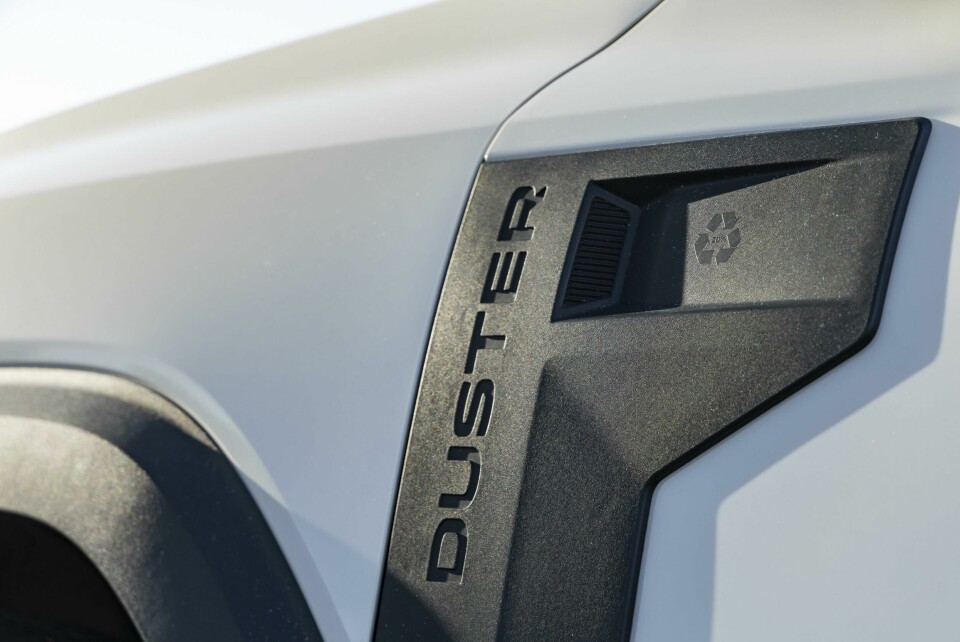
CDN: The Duster’s front side graphic detail is now more pronounced too…
DD: Designing value-for-money cars means working to a lot of constraints on cost, technical solutions or reduced complexity. The best example is the Duster’s plastic part between the front fender and door, we call it the ‘snorkel’. It was impossible to stamp the fender in this area so instead of hiding it and painting it in an expensive body colour, we designed it to carry the side ‘blinker’, protect the wheel arch and create a unique side graphic. It has become iconic in the Duster’s design.
The speckled material it’s made of is called ‘Starkle’ and contains 20% recycled plastic. It started as a good idea on the concept, but in parallel we worked with a supplier. It’s a little more expensive than normal plastic but with volume we hope the price will decrease. It wasn’t easy as the material still has to protect the car. But we managed it.
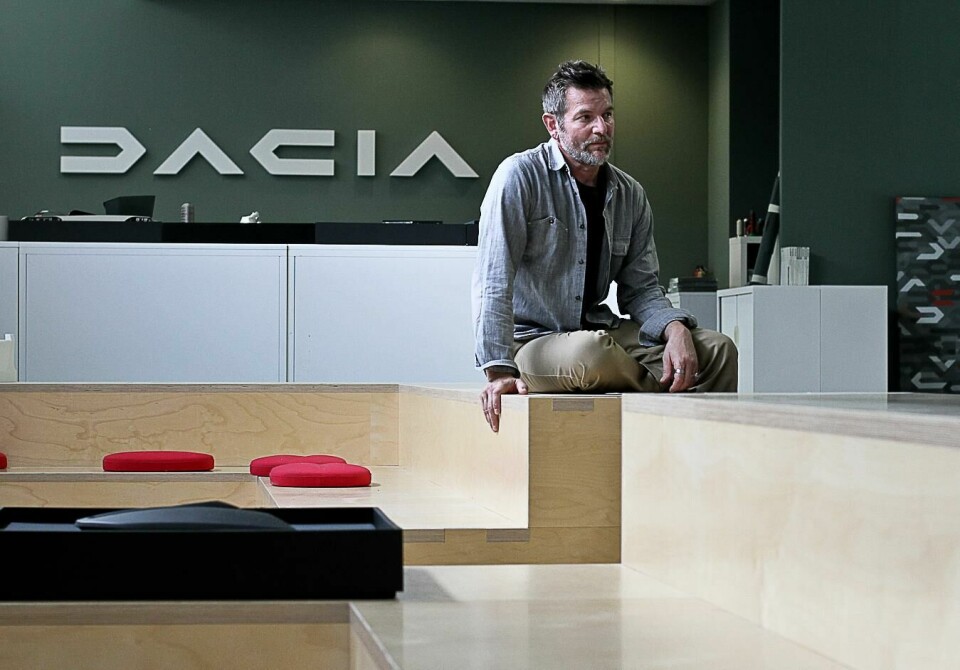
CDN: What’s changed on the interior?
DD: When I started this project I wanted the interior to be much more consistent with the exterior. That was not the case before. When [CEO] Luca de Meo arrived, the Group was reorganised by brand, so now all the Dacia exterior and interior designers sit together and you can see the change. We tried to find the things customers liked on the exterior and add them inside the cabin.
For example, the Y-shaped cabin air vents link to the exterior light signatures and we have those Y-shapes in the interior door panels too. There is a design connection. We also wanted to express this robustness and feeling of protection on the inside, so the dashboard is vertical, ‘present’ and in front of you. The central screen is as high as possible and inclined ten degrees towards the driver. Now we have two screens, one behind the steering wheel and another in the centre for maps and multimedia.
CDN: Another significant interior aspect are these new clips everywhere?
DD: We launched the Manifesto concept with these fixing points on the dashboard as we were already working on our [now patented] YouClip system. It’s a kind of universal hook which can fix a phone cradle by the central screen, or a bag to the passenger side of the centre console to stop it rolling round in the footwell.
In-between the rear of the front seats, the fixing point can clip-in a cupholder and there are more in the boot and on the tailgate for a coat. You can clip a little rechargeable lamp or a tablet behind the front seat headrests to watch movies and we will push this system in all our coming models – and the range of accessories that can connect to it – like a Lego system.



















